Located on the banks of the Murrumbidgee River, Wagga Wagga is home to a number of significant natural areas that play an integral part within the Murray-Darling Basin’s system of interconnected rivers and lakes.
Our wetlands and woodlands hold significant importance in terms of local environmental, cultural and economic value for many reasons. While we work hard in maintaining and rehabilitating these spaces as wildlife corridors to support biodiversity, we also encourage people to enjoy their natural beauty or to access them for educational and mental health purposes.
Situated within the suburb of Lloyd, the Birramal Conservation Area is 127 hectares in size and supports a White Box Woodland that is an important habitat to a range of native plant and animal species.
‘Birramal’ in local Wiradjuri/Wiradyuri language means ‘the bush’ and reflects the importance between Wiradjuri people and connection to Country.
With more than 90 per cent of native vegetation cover cleared for agriculture and urban development since European settlement in the 1830s, the area is becoming increasingly more important as a remnant piece of natural environment.
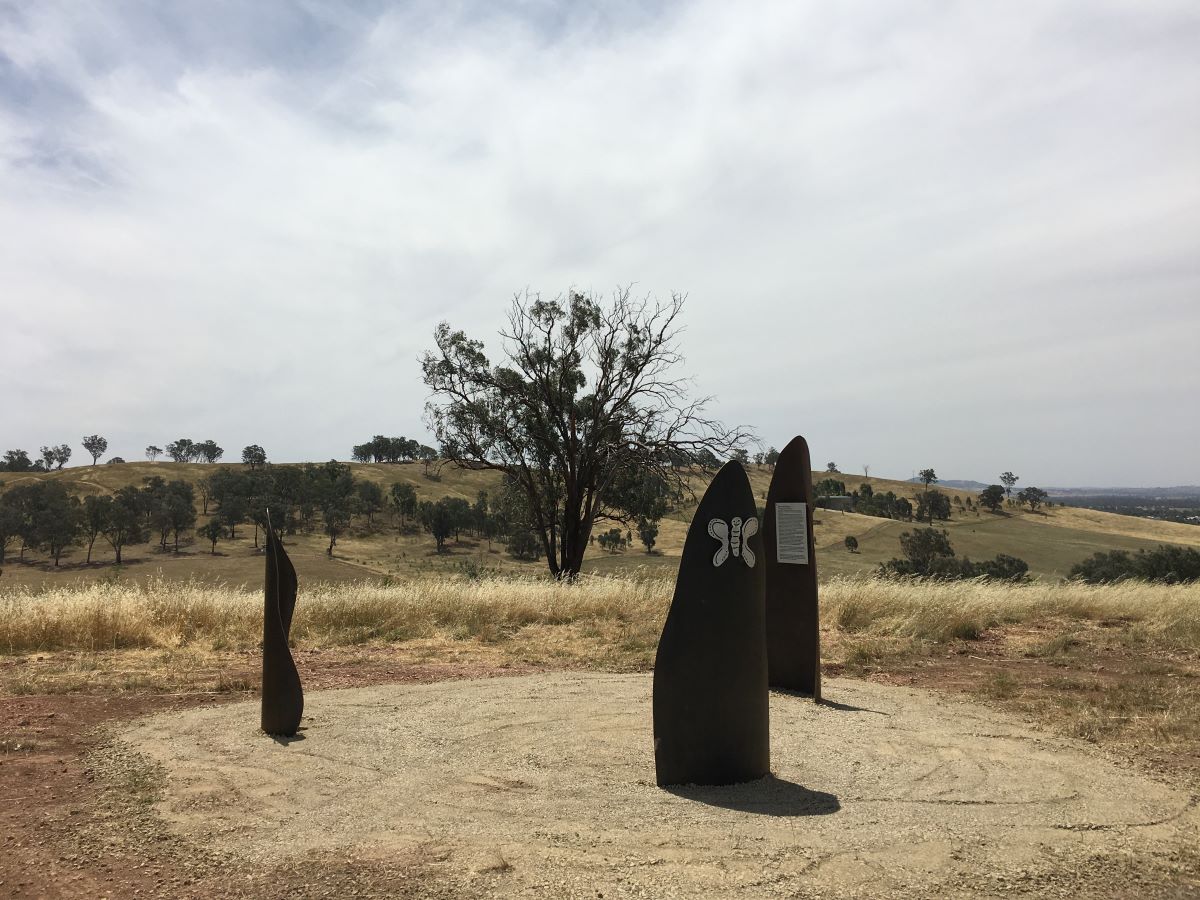
Birramal is considered to have high conservation value as a number of threatened species have been recorded within the site, including the Superb Parrot, Swift Parrot, Diamond Firetail, Brown Treecreeper, Grey-crowned Babbler, Little Pied Bat, Yellow-bellied Sheath-tailed Bat and the White Box, Yellow Box and Blakely’s Red Gum Woodland.
This site incorporates a section of the Wiradjuri Trail between the Olympic Highway and Holbrook Road where you can be immersed in nature, art, and spectacular views of Wagga Wagga and Surrounds on foot or bike.
Positioned in the heart of a natural flood plain, the Wagga Beach area has naturally developed from sandy sediment deposits that have built up after each flood event over many years. Although flooding events are much rarer now due to the introduction of controlled environmental flows, the beach and wider riverside precinct persists as both a popular community swimming hole and home to a variety of native plant and animal species.
In spite of intensive land clearing of much of the traditional River Red Gum Forest over the last few hundred years, there is still a good representation of River Red Gum, Yellow Box and Kurrajong trees, that allows shelter and provides food for a range of native species that still survive along the river edge. This includes squirrel gliders, platypus, possum, and echidna along with a wide variety of birds.
Visitors can enjoy the Wagga Beach's beautiful River Red Gum, whilst listening to the array of woodland birds that call Wagga Beach home.
Learn more about the Wagga Beach.
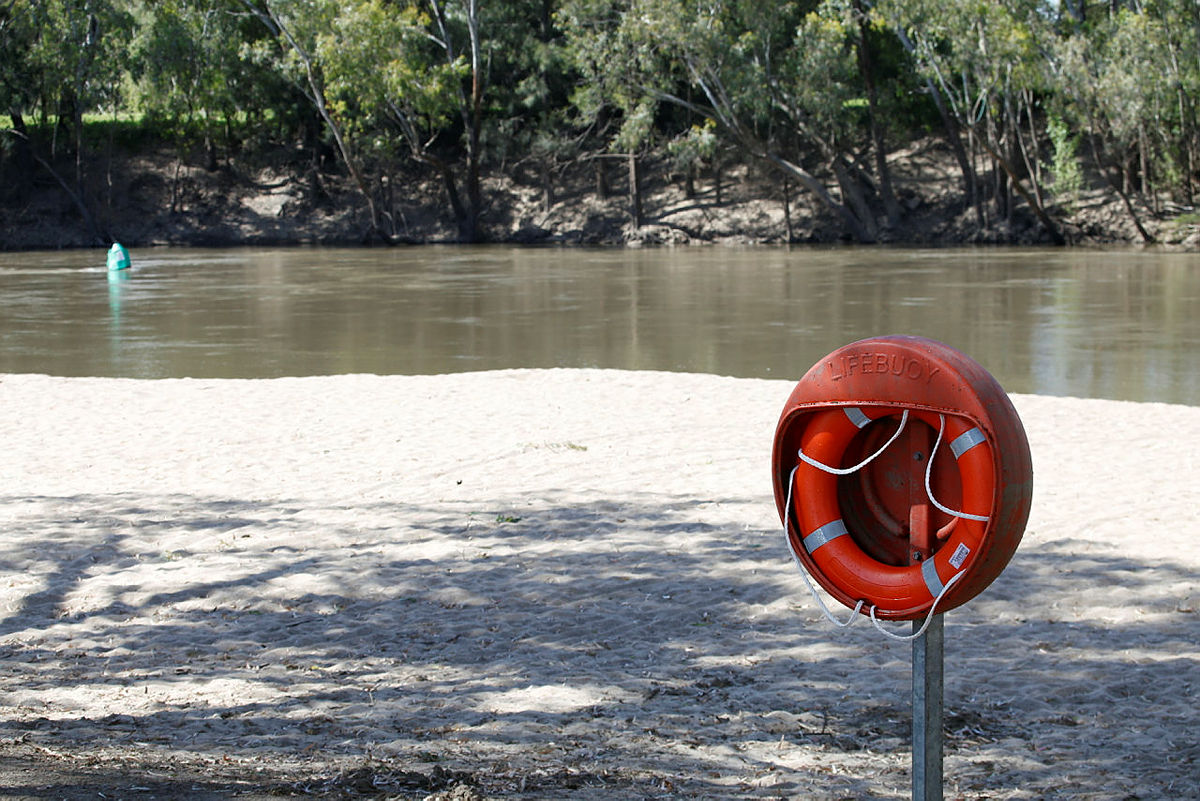
Opening in 2016, the Marrambidya Wetland was created from the disused treatment ponds of a former Sewerage Treatment Plant. The name ‘Marrambidya’ was selected to reflect the importance of this site to the local Wiradjuri/Wiradyuri people and to acknowledge the traditional name of the Murrumbidgee River.
The site provides 30 hectares of habitat that includes three ephemeral wetland ponds, fringing vegetation, River Red Gum Forest, grassland, artificial nest boxes and a purpose-built refuge island. Numerous logs located throughout the three ponds provide refuge and breeding habitat for these native fish and frog species and turtles.
Purposely designed floating reed beds have been placed in the ponds to take up excess nutrient to maintain water quality. This combined with fringing vegetation of semi aquatic plants provides refuge and foraging habitat for small dwelling mammals, reptiles, frogs, ducks, waterbirds including Spoonbills, Egrets, Darters and Cormorants.
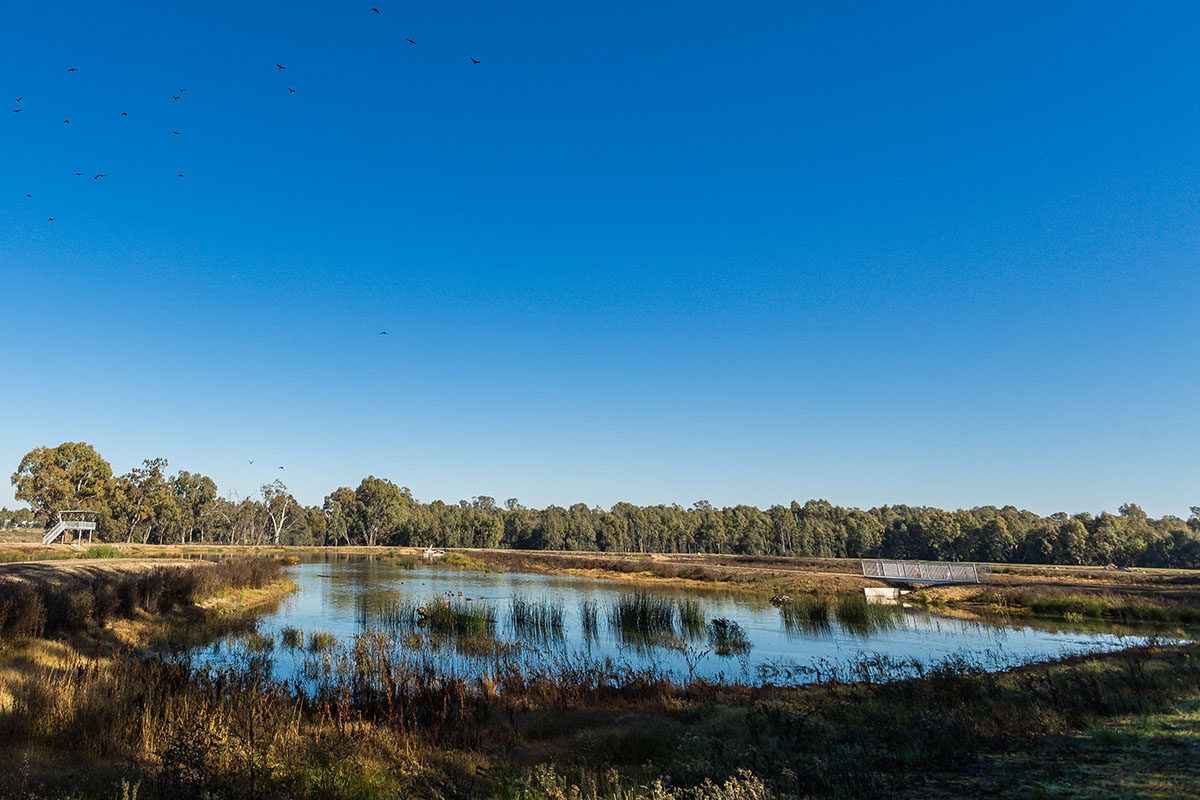
River Red Gums are dominant throughout the Marrambidya Wetland including some vital hollow bearing trees located along the river’s edge. The River Red Gum trees provide foraging habitat for a variety of bird species including Sulphur-crested Cockatoo, Corella and Galah. Hollow bearing trees along with artificial nest boxes also provide breeding and refuge habitat for arboreal mammals including threatened Squirrel Glider, Brushtail Possum, Ringtail Possum, Sugar Glider and Microbats.
Important grasslands have also been preserved providing habitat for small ground dwelling mammals, birds and reptiles, including native snakes that are often seen in the area. For more information visit our Marrambidya Wetland webpage.
The Wiradjuri Reserve is located north of the city centre along the Murrumbidgee River. It is approximately 24Ha and is now utilised as a recreational space for boating, fishing, swimming, off-leash dog park and walking. The Wiradjuri Reserve to the Gobba Beach corridor of the Murrumbidgee River is a significant location for the Wiradjuri/Wiradyuri people. The reserve served as a traditional Wiradjuri/Wiradyuri camping place and meeting area for corroborees and gatherings from traditional to modern times.
Despite land clearing efforts of the last century, there remains a number of large hollow-bearing river red gums that provide habitat for arboreal species, such as possums and Squirrel Gliders, as well as a range of birds. The reserve is part of a significant river wildlife corridor that extends up stream to Wilks Park and Wagga Beach as well as downstream to the Marrambidya Wetlands and Gobba Beach. For more information visit Wiradjuri Reserve.
Situated on the Eastern side of Kooringal, Rocky Hill is a 50 Ha White Box Gum community that is home to many native animals, birds and plant species. It is a public space that in recent years has seen a team of Regeneration Volunteers from the South Wagga Rotary Club working to support the natural environment and replace the biodiversity lost through previous land clearing and over-grazing through soil erosion control, remnant vegetation protection and revegetation.
The native vegetation on the Hill is a mixture of regenerating remnants, that include Yellow Box, White Box, Blakely’s Red Gum, Hickory Wattle, Kurrajong and Butterbush.
Willans Hill Park is a natural area located in the middle of Wagga Wagga’s most well-established suburbs. It was named after William Willans who owned a 32 Ha farm on the north-western side, but it was later proclaimed as Willans Hill Reserve in 1887. It is highly elevated and visible from most of the surrounding city.
The Willans Hill Reserve contains a mixture of dry eucalypt open woodland and forest with a varied shrubby understorey that forms part of an interconnected natural corridor which runs around to the southern edge of the Wagga Wagga urban area to Pomingalarna Park then down to the Murrumbidgee River. It provides habitat for a wide range of native species, including a number of threatened species such as Swift Parrot, Squirrel Glider, Diamond Firetail and Speckled Warbler.
Running parallel to the Olympic Highway, the Silvalite Reserve is located to the west of Wagga Wagga and is approximately 34Ha in size. The reserve is part of a significant wildlife corridor that extends from Willans Hill, Birramal Conservation Area through to the north across Pomingalarna Reserve that allows species movement throughout the landscape to access vital habitat and food.
During European settlement, the area was significantly cleared and grazed, substantially altering its original woodland structure to a cleared paddock with some scattered paddock trees. Within the last 50 years there has been considerable regeneration, and it is now home to a range of threatened native species, including Squirrel Glider, Southern Myotis, Yellow-bellied Sheath-tail Bat, Superb Parrot, Brown Treecreeper, Swift Parrot, and Grey-crowned Babbler.
Pomingalarna Reserve is a bushland park reserve located on a ridgeline with the highest point at 298 metres above sea level that provides an impressive vantage point overlooking the city. It occupies 228Ha that forms part of the Wiradjuri Walking Trail that connects Willans Hill, the southern edge of Wagga Wagga’s urban area, Silvalite Reserve and the Murrumbidgee River.
The Pomingalarna Reserve contains a range of fauna habitats including forest areas, grasslands, and hollow bearing trees. These areas have recorded a range of reptiles, amphibians, birds, marsupials and mammals. There is significant habitat for woodland birds including the threatened Superb Parrot, Diamond Firetail, Brown Treecreeper, Speckled Warbler, Hooded Robin and Gilberts Whistler.
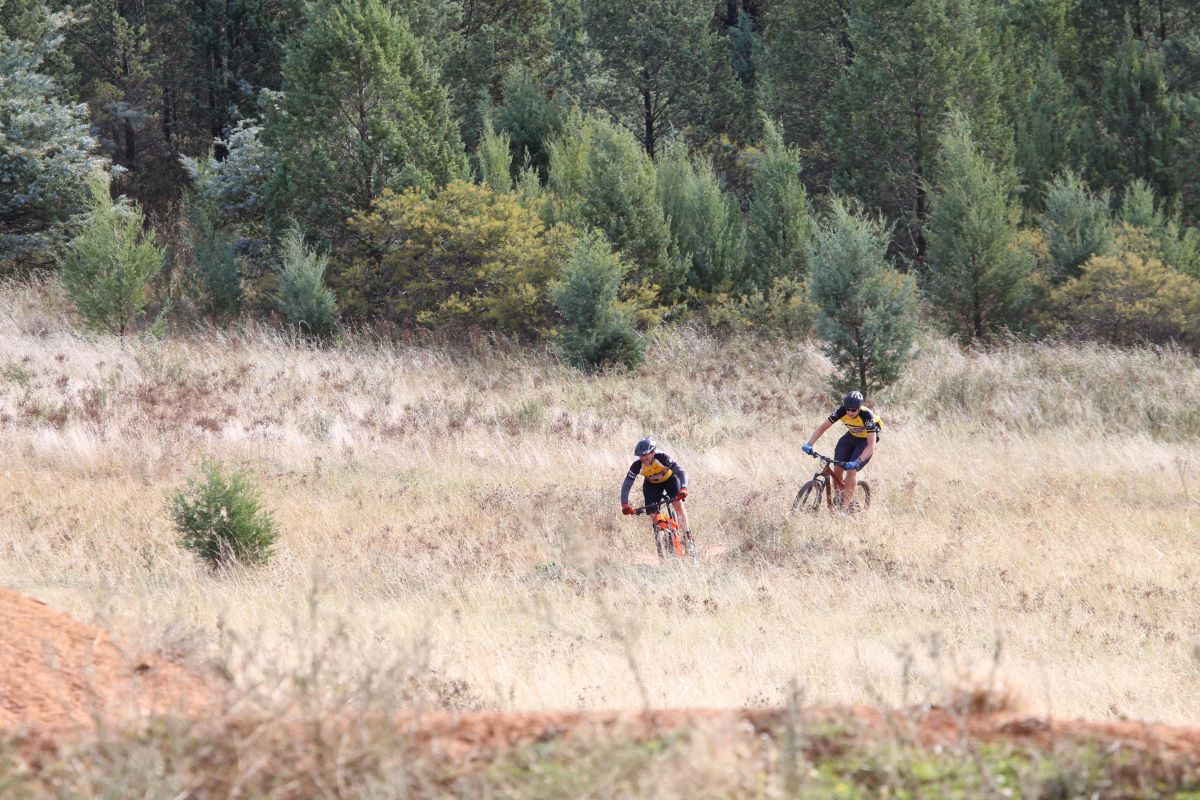
Wilks Park is located along the North Wagga floodplain and is approximately 40Ha in size and includes a free camping area at the entrance of the reserve, allowing short stay accommodation as well as an active travel route that allows safe travel to the town centre and out to the northern suburbs of Wagga Wagga.
Wilks Park is a large area of core habitat that has the potential to support viable populations of significant native species in the long term. It offers an important refuge for fauna moving throughout the area, which forms part of the river corridor that links throughout the Wagga Wagga LGA.
Several threatened species have been recorded within the vicinity of Wilks Park including the Superb Parrot, Swift Parrot and Barking Owl and an endangered population of the Squirrel Glider. The reserve is also home to a number of non-threatened species including Eastern Grey Kangaroo, Swamp Wallaby, Echidna, Brushtail and Ringtail Possum, Little Red Flying Fox and microbat species.
Lake Albert, situated approximately 10kms southeast of the city centre, is not strictly a natural waterway, in that the area has seen significant man-made alterations. In the 1850’s it was referred to as “Swampy Plain" and appears to have consisted of a natural spring at the northern end that was considered a reliable source of water for livestock, before a decision was made at the turn of the century to turn it into a recreational Lake.
The lake is still fed by two natural creek systems and provides habitat for a range of native species, including the Australian reed-warbler, Little Grassbird, Black Swan, pelican and cattle egret. It also sees the annual arrival of breeding Magpie Geese in spring, that is unusual in this area, making it a popular location for bird watching.
It is well known as a recreation area for the Wagga Wagga community as it is encircled by more than five kilometres of the Wiradjuri Walking Trail that hosts eight fitness stations in four locations, making it popular with walkers, joggers and bike riders. Also, Apex Park is on eastern side has a large children's park and BBQ areas. For more information visit Lake Albert.
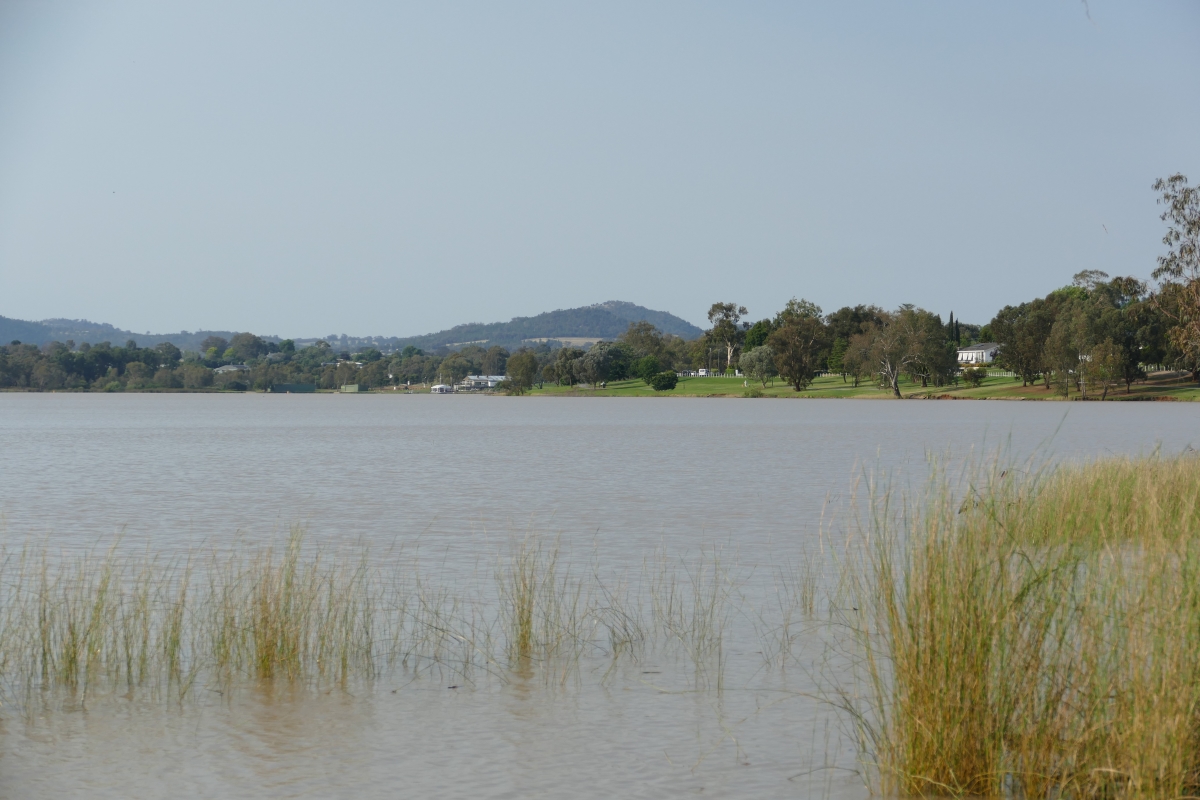
Located on the Western side of Wagga, Flowerdale Lagoon is surrounded by old growth native trees, including a number of impressive River Red Gums (Eucalyptus camaldulensis). As the site is a natural waterway, it’s a hot spot for native wildlife, including a range of native birds, arboreal mammals, native fish and platypus.
With its proximity close to the city of Wagga, it’s a popular section of the Wiradjuri Track for cyclists, runners and walkers.
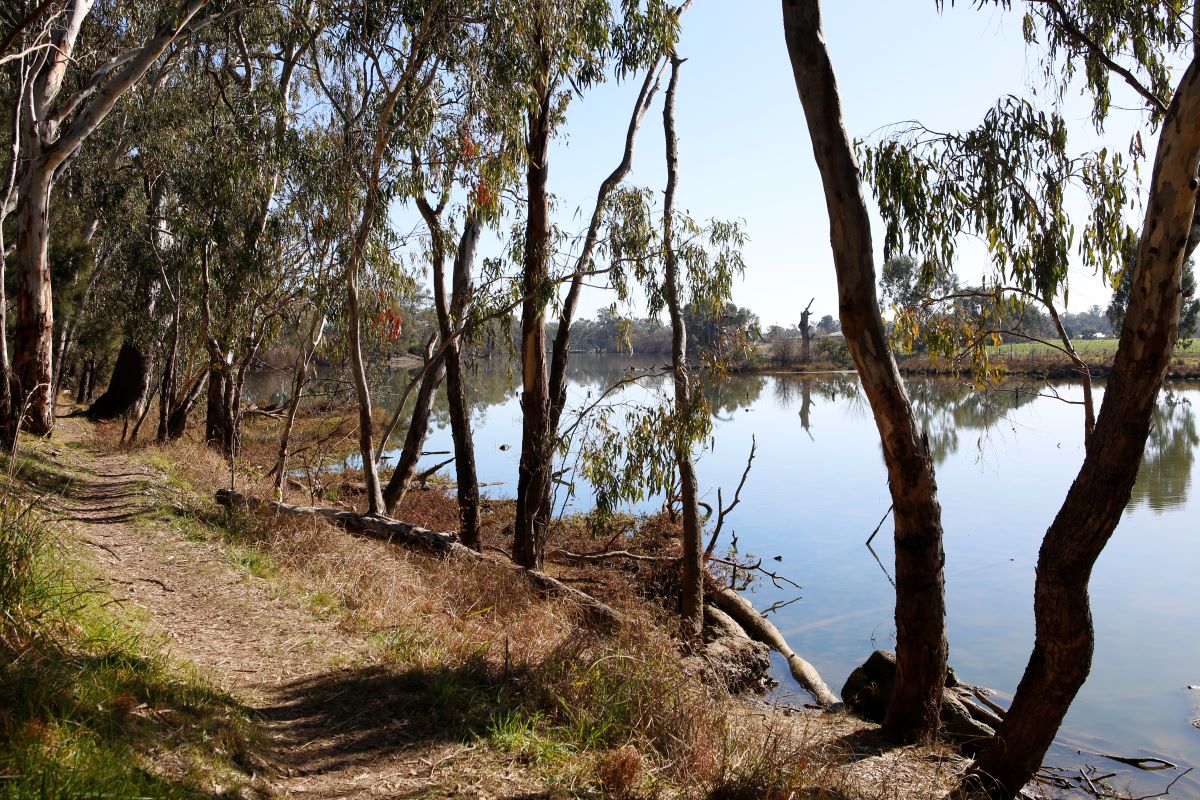
Located approximately 15km south of Tarcutta, The Tarcutta Hills Reserve is a 738-hectare nature reserve on the lower western slopes that consists of Mugga Ironbark Scribbly Gum Open Forest, Red Stringybark Open Forest and critically endangered ecological community of Box Gum Grassy Woodland. The reserve is of national significance as it protects one of the largest areas of White Box Grassy Woodland in good condition left in Australia.
The area provides important habitat for a number of threatened species that occur within the reserve including Turquoise Parrot, Brown Tree-creeper, Superb Parrot, Speckled Warblers, Black-chinned Honeyeater, Hooded Robin and Diamond Firetail, and Squirrel Glider.
The reserve is privately owned, entry permission is required.
The Murrumbidgee Valley National Park (Berry Jerry Precinct) is located along the Sturt Highway, approximately 30km west from the city centre. The national park is 1,020ha in size and consists of River Red Gum tall open forest on inner floodplain, with two permanent water source that run across the reserve, known as Beavers Creek and Oldman Creek.
It constitutes part of the longest continuous tract of River Red Gum (Eucalyptus camaldulensis) forest in the world. Water is a fundamental value of the river red gum forests. River red gum forests are of international significance, and they support an ecosystem comprising a multitude of species. Some threatened species that have been identified in the area include the Koala, Squirrel Glider, Brown Tree Creeper and the Superb Parrot.
Riverina red gum forests have been significant to the Wiradjuri/Wiradyuri People, the traditional landowners of parts of the Murrumbidgee Valley, for thousands of years.
The Mates Gully Travelling Stock Reserve is located along Mates Gully Road, near the rural village of Tarcutta. The narrow strip of remnant Box-Iron Forest of approximately 83Ha was previously used as a travelling stock reserve but is now preserved as a safe haven for threatened species.
While it shows some signs of clearing and degradation, including some noxious weeds that have infiltrated the reserve, it is nevertheless remarkably well-preserved and now houses a range of threatened species that include the Squirrel Glider, Swift Parrot, Blacked-chinned Honeyeater, Brown Treecreeper, and Scarlet Robin.
Located 30km south of Wagga Wagga, Livingstone National Park and nearby Livingstone State Conservation Area occupies approximately 2,500Ha of bushland. Situated on Wiradjuri/Wiradyuri Country, the area holds great importance to local Aboriginal communities as ceremonial sites and spiritual places are located throughout the area.
The park contains a diverse range of both native plants and animal species, including five amphibians, nine reptiles, five mammals and 185 bird species. Many threatened species have also been recorded including Swift, Superb and Turquoise Parrots, Barking Owls, Hooded Robins and Diamond Firetails.
